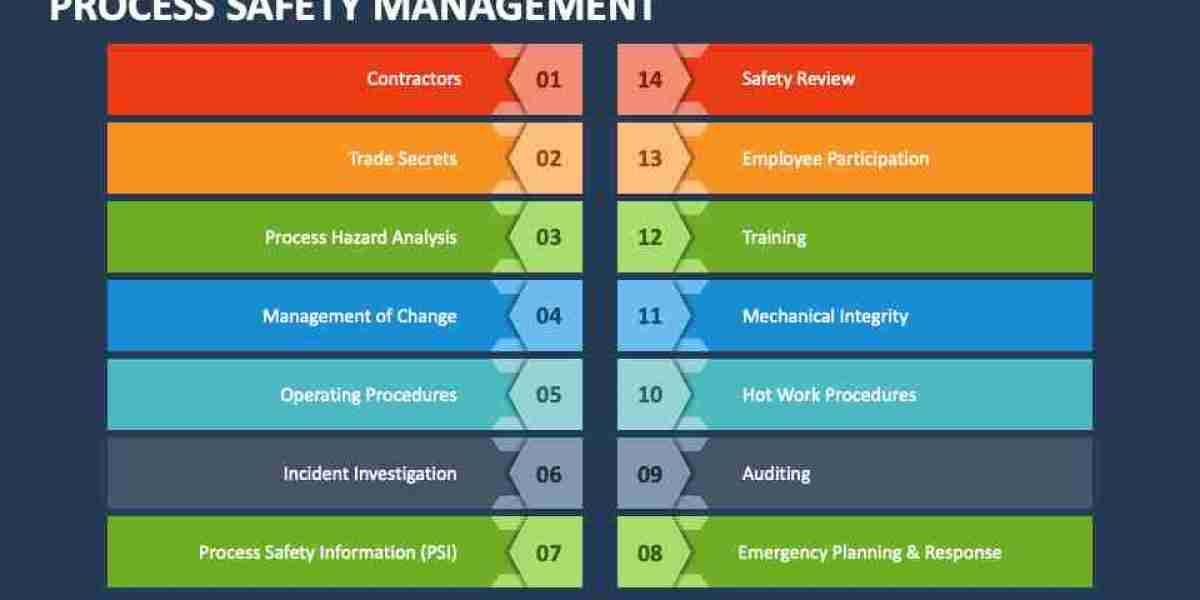The ADAS Sensors Market is on a steady growth trajectory as global automotive manufacturers and technology firms race to enhance vehicle safety and automation capabilities. With road safety regulations becoming more stringent and consumer awareness increasing, demand for advanced safety features is rising sharply—leading to a significant uptick in the adoption of ADAS technologies. At the heart of these systems lie various sensors—ranging from radar and LiDAR to ultrasonic and camera-based solutions—that collectively enable vehicles to perceive their surroundings, make informed decisions, and respond to potential hazards in real time.
Increasing Focus on Road Safety Drives Market Momentum
Governments and regulatory bodies across major automotive markets are enforcing stricter road safety standards, compelling automakers to integrate ADAS features in both premium and mass-market vehicles. For instance, safety mandates in Europe and North America now require features such as automatic emergency braking (AEB), lane departure warning (LDW), and forward collision warning (FCW) to be standard in new vehicles. These systems rely heavily on a combination of sensors to detect objects, monitor driving behavior, and assist in navigating complex road environments.
The World Health Organization estimates over 1.3 million road traffic deaths globally each year, prompting international efforts to reduce accidents through better technology integration. This heightened focus on safety is translating into robust demand for sensor technologies that underpin ADAS functionalities.
Sensor Technologies Powering the ADAS Revolution
The ADAS sensors market comprises several key sensor types, each playing a critical role in delivering accurate, real-time data for vehicle decision-making:
Radar Sensors: These are widely used for adaptive cruise control, blind-spot detection, and collision avoidance. Their ability to function in low-visibility conditions such as fog or heavy rain makes them indispensable in all-weather driving scenarios.
LiDAR Sensors: Though costlier, LiDAR offers high-resolution, three-dimensional environmental mapping. It is increasingly used in higher-level autonomous vehicles (Level 3 and above) for object detection and precise distance measurement.
Camera Sensors: Cameras are essential for lane keeping, traffic sign recognition, and pedestrian detection. Paired with AI algorithms, they allow for advanced image processing and contextual awareness.
Ultrasonic Sensors: Common in parking assist systems, these sensors provide short-range detection to help with close-proximity maneuvers and obstacle avoidance.
Sensor fusion—the process of integrating data from multiple sensor types—is emerging as a pivotal trend. By combining the strengths of different sensors, OEMs can create more robust and accurate ADAS systems that compensate for the limitations of individual sensor technologies.
Growing Adoption in Passenger and Commercial Vehicles
What was once considered a luxury feature in high-end models is now becoming mainstream. ADAS features are increasingly standard in mid-range vehicles, driven by consumer expectations and competitive differentiation among automakers. In commercial vehicles, especially trucks and delivery fleets, ADAS technologies are being deployed to enhance driver performance, reduce fatigue-related accidents, and manage insurance costs.
Fleet operators are embracing ADAS solutions for real-time monitoring, collision mitigation, and improved compliance with transportation safety norms. These advancements are not only reducing operational risks but also supporting the broader goal of zero-accident mobility.
Technology Integration and Software Innovation
Alongside hardware advancements, software plays a pivotal role in maximizing the capabilities of ADAS sensors. AI and machine learning are enabling vehicles to interpret sensor data more intelligently and adapt to complex driving environments. Over-the-air (OTA) updates are allowing manufacturers to continuously improve system performance and introduce new functionalities post-purchase.
Edge computing and real-time data processing are being integrated to ensure immediate responsiveness, while high-performance processors and chipsets are enabling sensor-rich platforms to manage massive volumes of data efficiently. The increasing collaboration between semiconductor companies, automotive OEMs, and technology firms is accelerating innovation in this space.
Challenges and Market Restraints
Despite strong growth potential, the ADAS sensors market faces a few challenges. High development costs, particularly for LiDAR and radar systems, can be a barrier to mass adoption. Sensor calibration and integration complexity also remain key concerns, especially in achieving fault-free performance across varying driving environments.
Moreover, public acceptance of ADAS technologies is still evolving. Some drivers may underutilize or even disable these systems due to lack of understanding or perceived inconvenience, potentially limiting their safety benefits.
Privacy and cybersecurity are emerging as significant issues as ADAS systems collect and transmit sensitive location and behavioral data. Ensuring secure data management and protecting against hacking attempts will be crucial for widespread trust and adoption.
Future Outlook
The global ADAS sensors market is expected to witness sustained growth through the rest of the decade. With ongoing advancements in sensor miniaturization, cost reduction, and performance optimization, even entry-level vehicles will increasingly feature advanced safety systems. Emerging markets, particularly in Asia-Pacific and Latin America, are anticipated to contribute significantly to future demand, driven by rising vehicle production and supportive regulatory frameworks.
The shift toward electric and autonomous vehicles will further drive sensor integration as manufacturers seek to differentiate offerings and comply with evolving safety norms. As sensor fusion becomes the industry standard, partnerships among automakers, Tier 1 suppliers, and technology providers will be instrumental in developing next-generation ADAS platforms.
In conclusion, the ADAS sensors market stands at the intersection of technology, safety, and mobility transformation. As vehicles become smarter and safer, the demand for advanced sensors that can enable real-time, reliable decision-making will only intensify, making this a critical segment within the future of automotive innovation.




